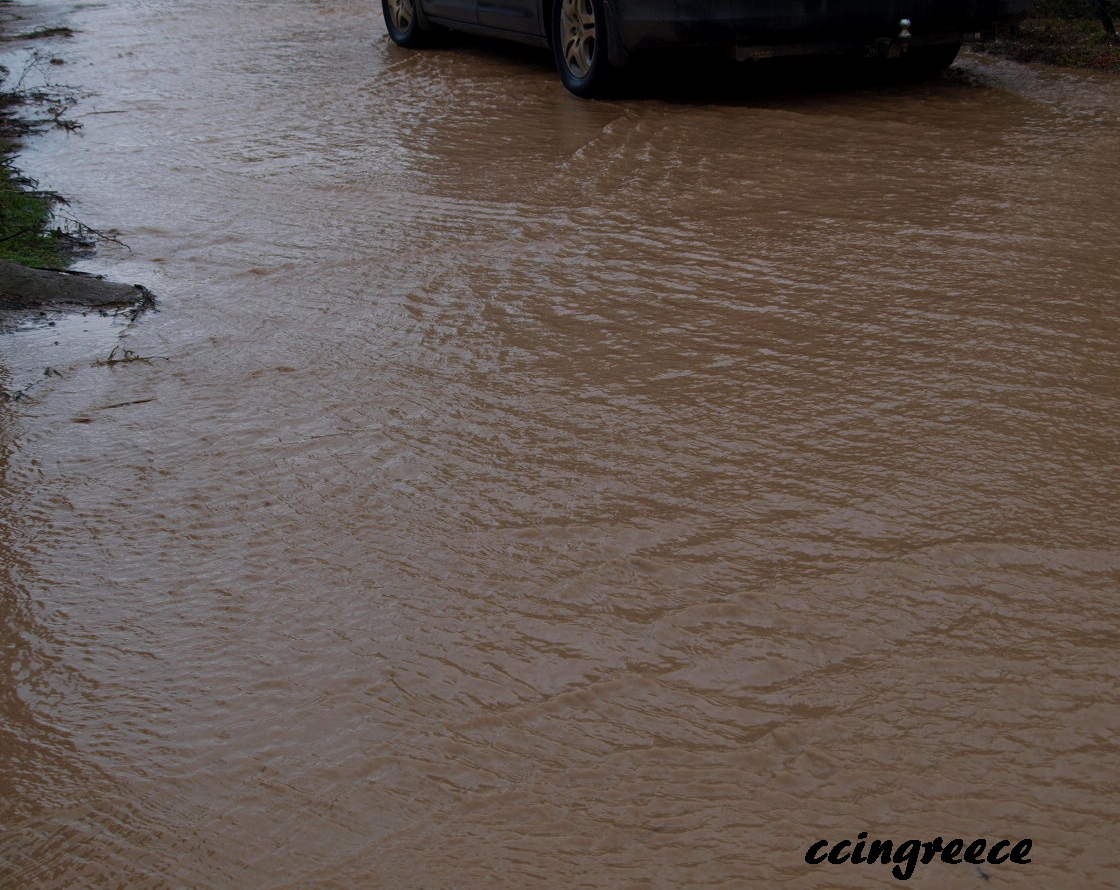
Achieving the Ideal KH for a Thriving Koi Pond
Why KH Level is Important in Koi Ponds
Koi ponds can bring so much joy and relaxation to homeowners, especially those who love raising and keeping fish as pets. While the sight of beautiful, colorful koi swimming in your pond can be therapeutic, maintaining a healthy environment for them is crucial to their survival. Water quality is a major factor in koi care, and one of the water parameters that needs to be checked regularly is KH level.
KH level, which stands for carbonate hardness or alkalinity, measures the ability of water to neutralize acidic substances. In other words, it tells you how much bicarbonate and carbonate ions are present in your pond’s water. Koi are hardy fish, but their health can be affected if the KH level is too high or too low.
Ideal KH Level for Koi Ponds
The ideal KH level for koi ponds is between 100-150 ppm (parts per million). This range is considered safe for koi and other pond fish, as it provides stability in pH levels and helps prevent sudden drops or spikes that can cause stress to the fish. When KH level is within this range, pond water is also less prone to changes in acidity, which can damage the pond ecosystem and harm koi.
To maintain the ideal KH level, you need to test your pond’s water regularly using a KH test kit. This can be purchased from a local pond supply store or online. Testing should be done at least once a week, especially during the summer months when water evaporation is high and pH levels can fluctuate more quickly. If KH level drops below 100 ppm, add a buffer to raise it back up. If it goes above 150 ppm, do a partial water change to dilute the excess minerals and bring it back within the safe range.
Effects of Too High or Too Low KH Level
If KH level is too low, pond water becomes acidic and can harm koi. Acidic water corrodes pond equipment, releases toxic heavy metals, and damages beneficial bacteria that help break down fish waste. Koi can suffer from stress, weakened immune system, and stunted growth. Some signs of low KH level in koi ponds are:
- Fish gasping at the surface
- Lethargic and inactive fish
- Cloudy or greenish water
- Slow plant growth
- Algae blooms
If KH level is too high, pond water becomes too basic and can also harm koi. Basic water makes it harder for koi to absorb nutrients, and can cause gill irritation and other health issues. High KH level can also cause calcium buildup on pond surfaces, which can be unsightly and difficult to clean. Some signs of high KH level in koi ponds are:
- Fish rubbing against pond walls or floor
- Stunted plant growth
- White, chalky buildup on pond surfaces
- Slow fish growth
Other Factors that Affect KH Level
Apart from regular testing and maintenance, there are other factors that can affect KH level in koi ponds. Some of these are:
- Rainwater runoff - rainwater can dilute KH level and cause it to drop below the safe range
- New water source - if you use tap water to fill your pond, make sure to check its KH level before adding it. If it’s too high or too low, it can affect the overall KH level of your pond
- Fish load - too many fish in a pond can increase waste production, which can affect water quality and KH level
- Plant growth - plants can help increase KH level by producing bicarbonate ions through photosynthesis. However, too many plants can also absorb too much KH from the water
Conclusion
Maintaining the ideal KH level in your koi pond is not an option, but a necessity. It can mean the difference between a thriving pond ecosystem and a stressed, diseased one. Regular monitoring, testing, and corrective measures are essential to ensuring your koi have a healthy environment to live in. Now that you know the importance of KH level in koi ponds, go ahead and check your pond’s water quality today!






